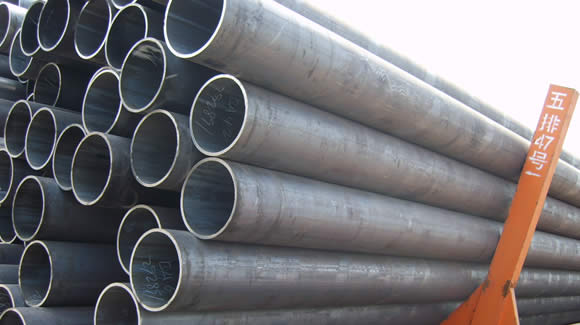Describe the cold treatment cracking of large diameter steel pipe and preventive measures
Most of the large-diameter steel pipes are medium- sized and high-carbon alloy steels. After quenching, some of the supercooled austenite is not transformed into martensite, and remains in the used state to become retained austenite, which affects the performance. If it is cooled below zero, it can promote the martensite transformation of the retained austenite. Therefore, the essence of the cold treatment is that the quenching continues. The quenching stress at room temperature is superimposed on the quenching stress at zero, and the cold treatment crack is formed when the refolding stress exceeds the strength limit of the material.
Precaution:
(1) Large-diameter steel pipe is quenched and quenched before boiling in boiling water for 30-60 minutes, which can eliminate 15%-25% quenching internal stress and stabilize retained austenite, and then -60 °C conventional cold treatment, Or cryogenic treatment at -120 ° C, the lower the temperature, the more the retained austenite transforms into martensite, but it is impossible to complete the conversion. Experiments show that about 2%-5% retained austenite remains, press It is necessary to retain a small amount of retained austenite to relax the stress and act as a buffer. Because the retained austenite is soft and tough, it can partially absorb the martensite sharp expansion energy and alleviate the phase transformation stress.

(2) After the cold treatment is completed, the large-diameter steel pipe is taken out and heated in hot water to eliminate 40%-60% cold treatment stress. After heating to room temperature, it should be tempered in time, the cold treatment stress is further eliminated, cold crack formation is avoided, and stable microstructure performance is obtained. Ensure that large diameter steel pipe products are not distorted during storage and use.




